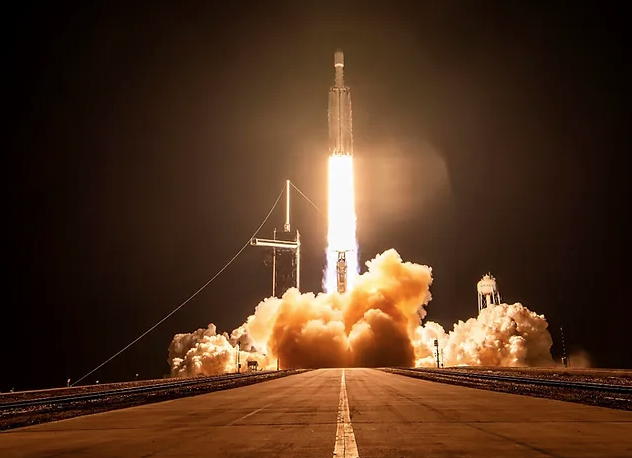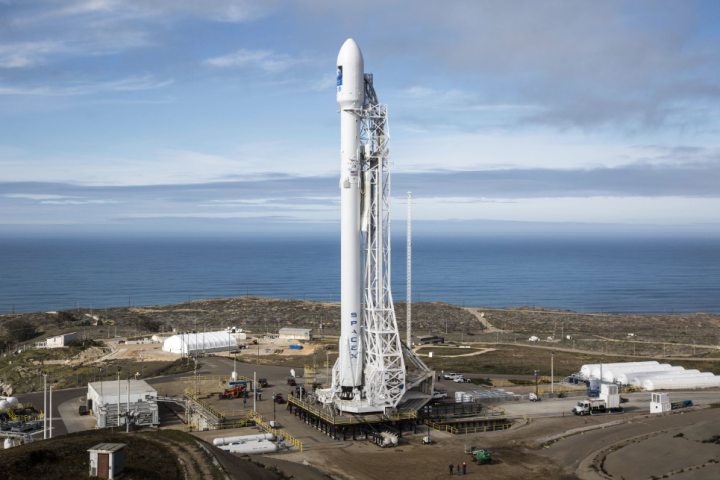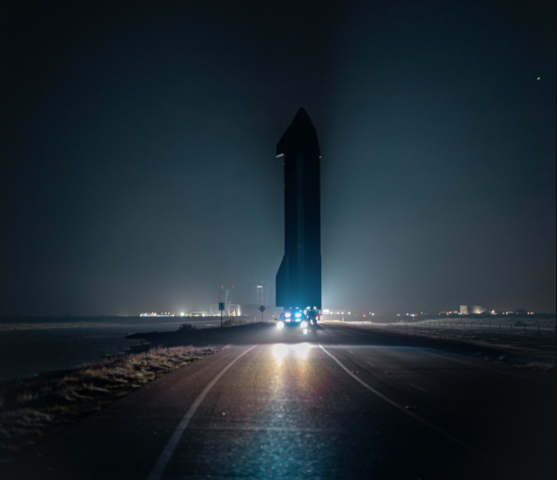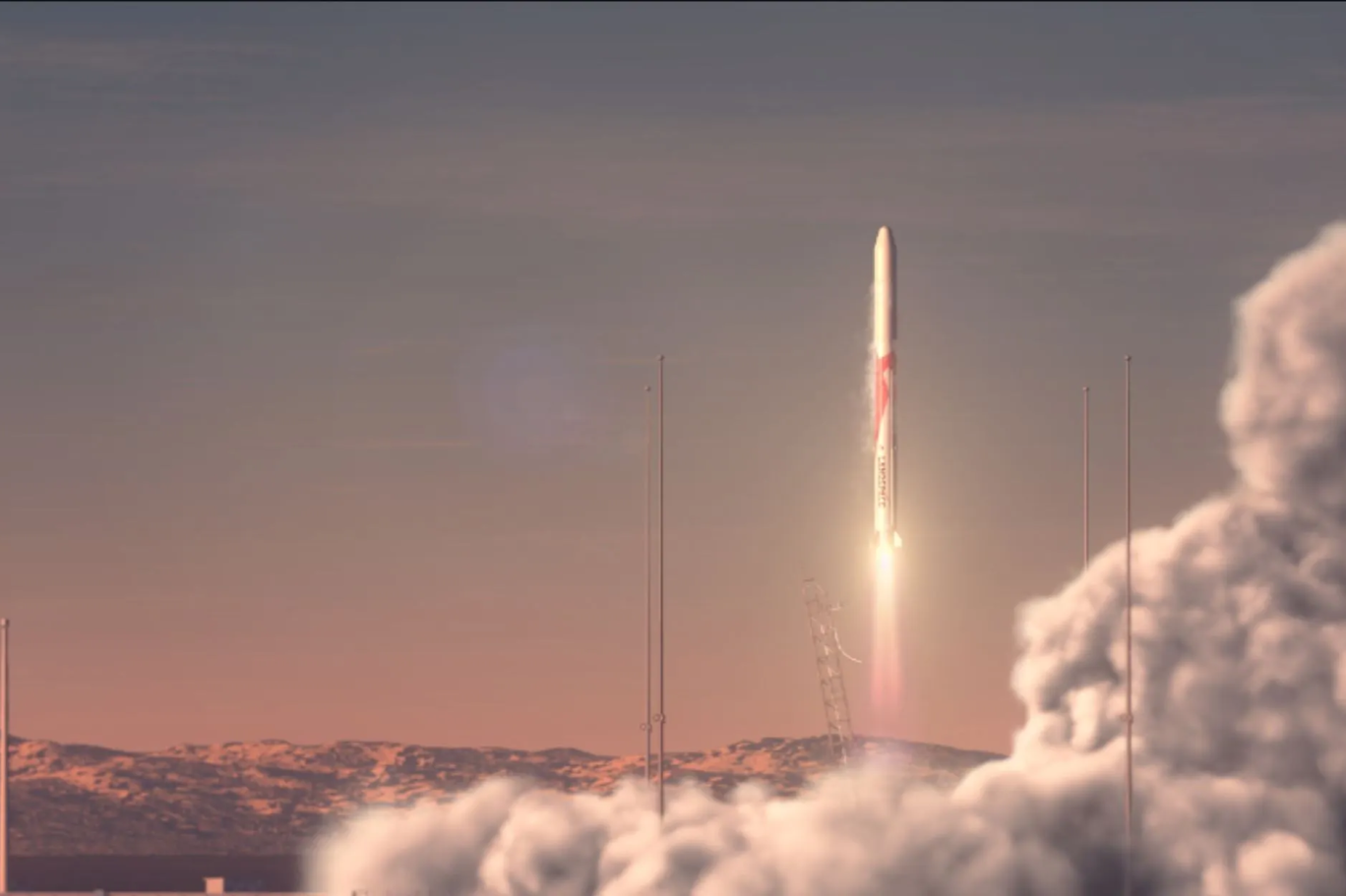Space Systems Command (SSC) and SpaceX successfully launched the US Space Force (USSF)-52 mission from Launch Complex (LC)-39A at NASA’s Kennedy Space Center in Florida at 8:07 p.m. Eastern (5:07 p.m. Pacific) Thursday evening. The Falcon Heavy carried out the eighth mission of the X-37B Orbital Test Vehicle, an experimental test program designed to showcase technologies for the USSF’s dependable, reusable, unmanned space test platform.
“This was a very important mission, and our teams worked together to ensure a successful launch,” said Brig. Gen. Kristin Panzenhagen, Assured Access to Space program executive officer and commander of Space Launch Delta 45. “Our national security space missions are the most stressing within our launch portfolio, and we have multiple world-class organizations that come together to make the magic happen. We’re having a great year, doing what we love to do putting capabilities into space to deter and, if necessary, respond to threats to our nation and its allies.”

Advances by industry partners that give solutions that can save time and costs also help government mission assurance. That includes booster recovery and reuse in the case of USSF-52.
“Missions like these necessitate highly detailed analyses and reviews to meet challenging requirements that are addressed through our mission assurance process,” said Dr. Walt Lauderdale, SSC’s Falcon Systems and Operations head. “Success comes down to the incredible relationships we have with our industry and agency partners and the behind-the-scenes work that makes tough missions appear routine, and ultimately result in capabilities on orbit that give our nation the advantage we need.”

USSF-52’s flight-proven side boosters were initially flown on USSF-44, which launched to a geosynchronous orbit from LC-39A at NASA’s Kennedy Space Center in Florida on November 1, 2022. The identical boosters flew again on USSF-67 on January 15, 2023. The Space Systems Command’s Assured Access to Space directorate and SpaceX are working together to increase reuse for national security space missions. Rapid, reusable rockets assist all launch customers by giving cost-effective access to space while also enabling flexibility and extra possibilities to launch missions to orbit by eliminating the need to build a new booster each time.

The NSSL Phase 2 contract, awarded in August 2020, incorporated booster reuse from the start, resulting in commercial-like pricing for delivery to commercial-like orbits. As the AATS Directorate implements the Phase 3 strategy, it will continue to increase engagements with up-and-coming innovators that bring additional solutions for the most demanding and low risk tolerant missions. By expanding the family of launch service providers, USSF will continue to deliver on its mission of assured access to space for our nation’s warfighters and Joint Command.
Space Systems Command is the field command of the United States Space Force in charge of procuring, developing, and deploying robust capabilities and game-changing technologies to defend our nation’s strategic edge in and from space. SSC administers the Department of Defense’s $15 billion space acquisition budget and collaborates with joint forces, industry, government agencies, academic institutions, and affiliated organizations to expedite innovation and outrun new threats.Our efforts now help to make the planet a better place for future generations.
For more information visit: https://www.ssc.spaceforce.mil





